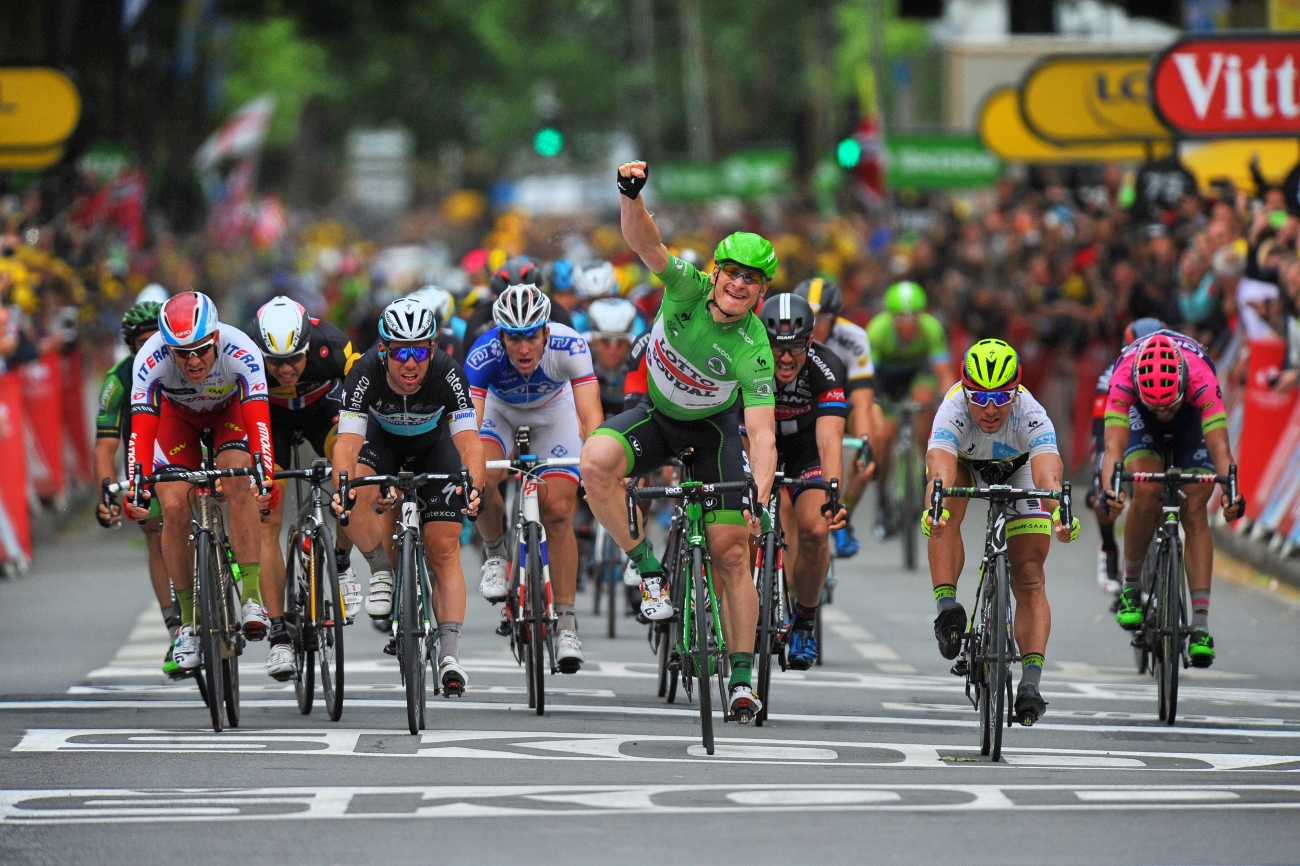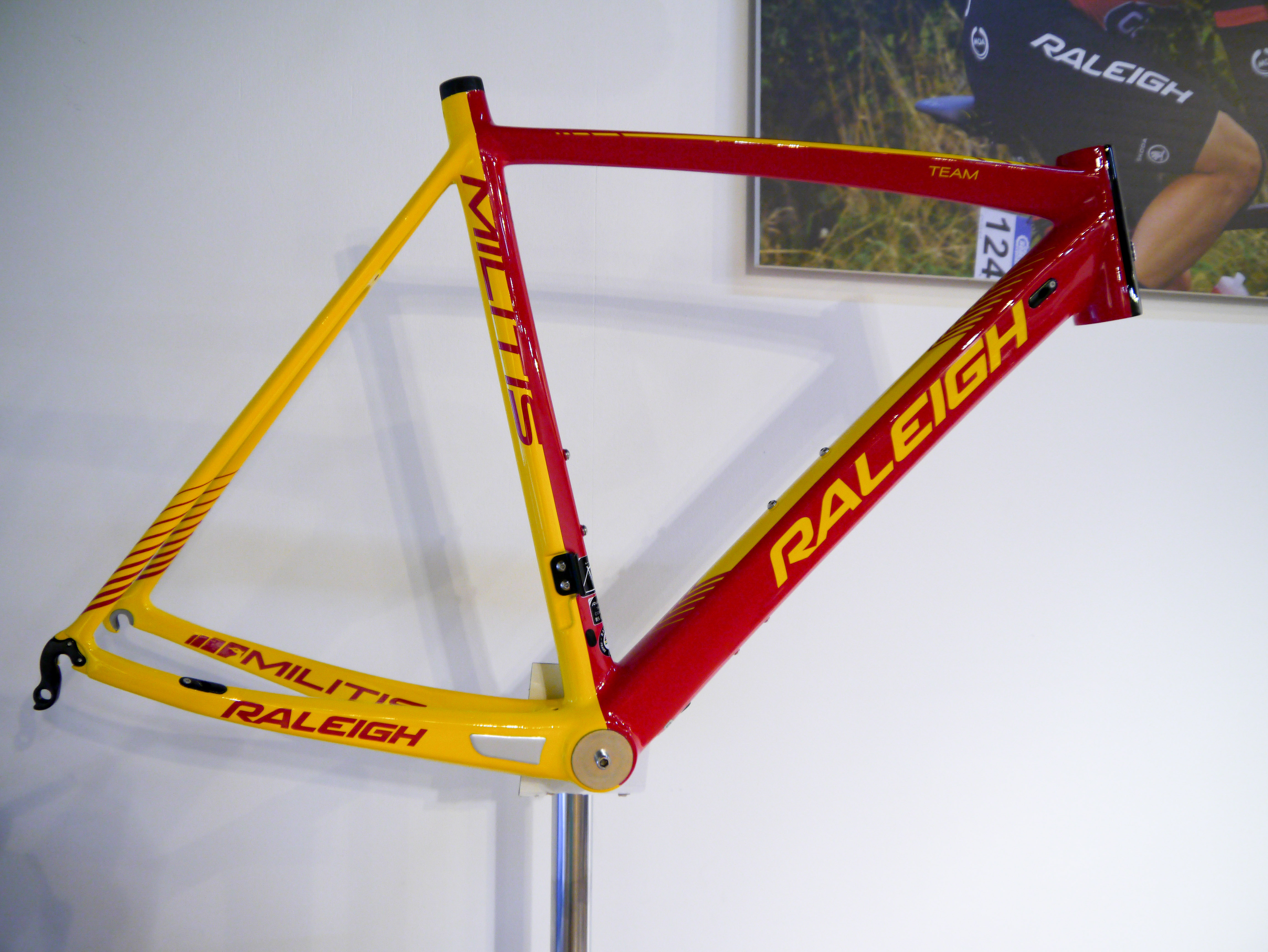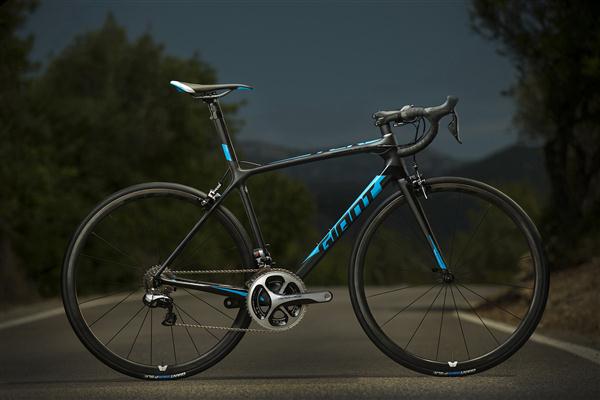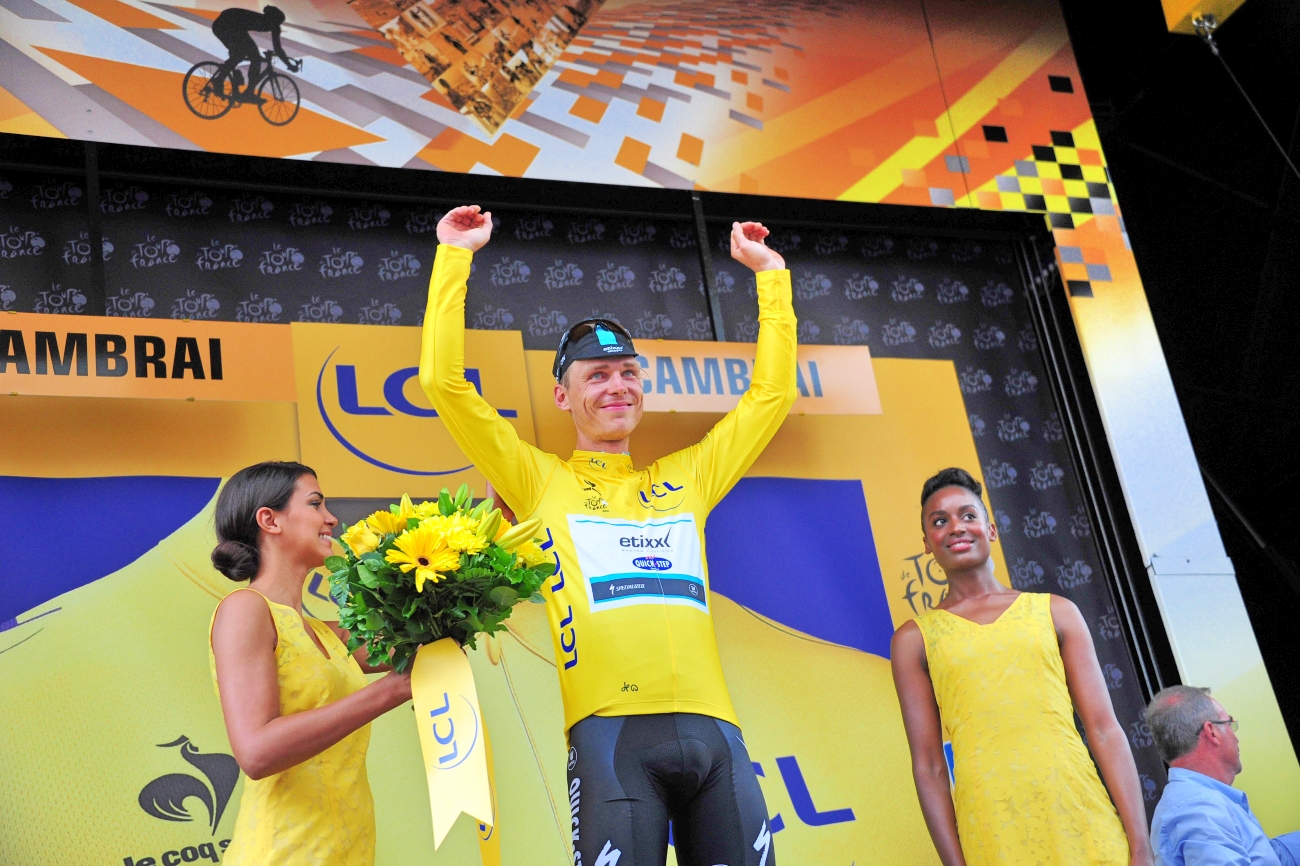Descending technique
-
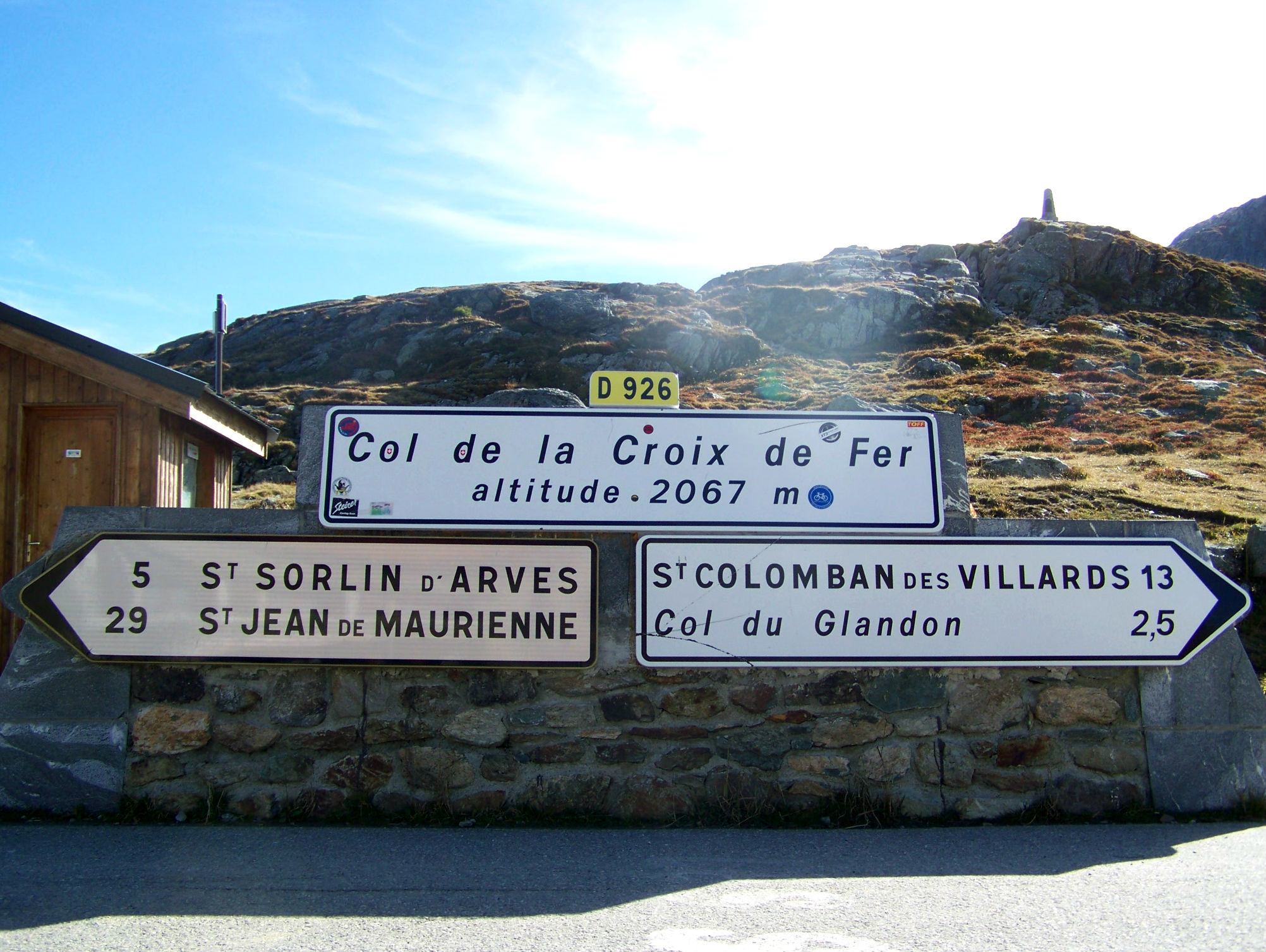
The 2015 Etape du Tour includes the Col de la Croix de Fer
-

No matter how good your kit is, you can't escape the suffering that comes from riding uphill in the heat (Pic: Strava)
-

The route of this year’s Etape du Tour has three major climbs at the beginning, middle and end of the ride - tailor your nutrition accordingly (Pic: ASO)
-
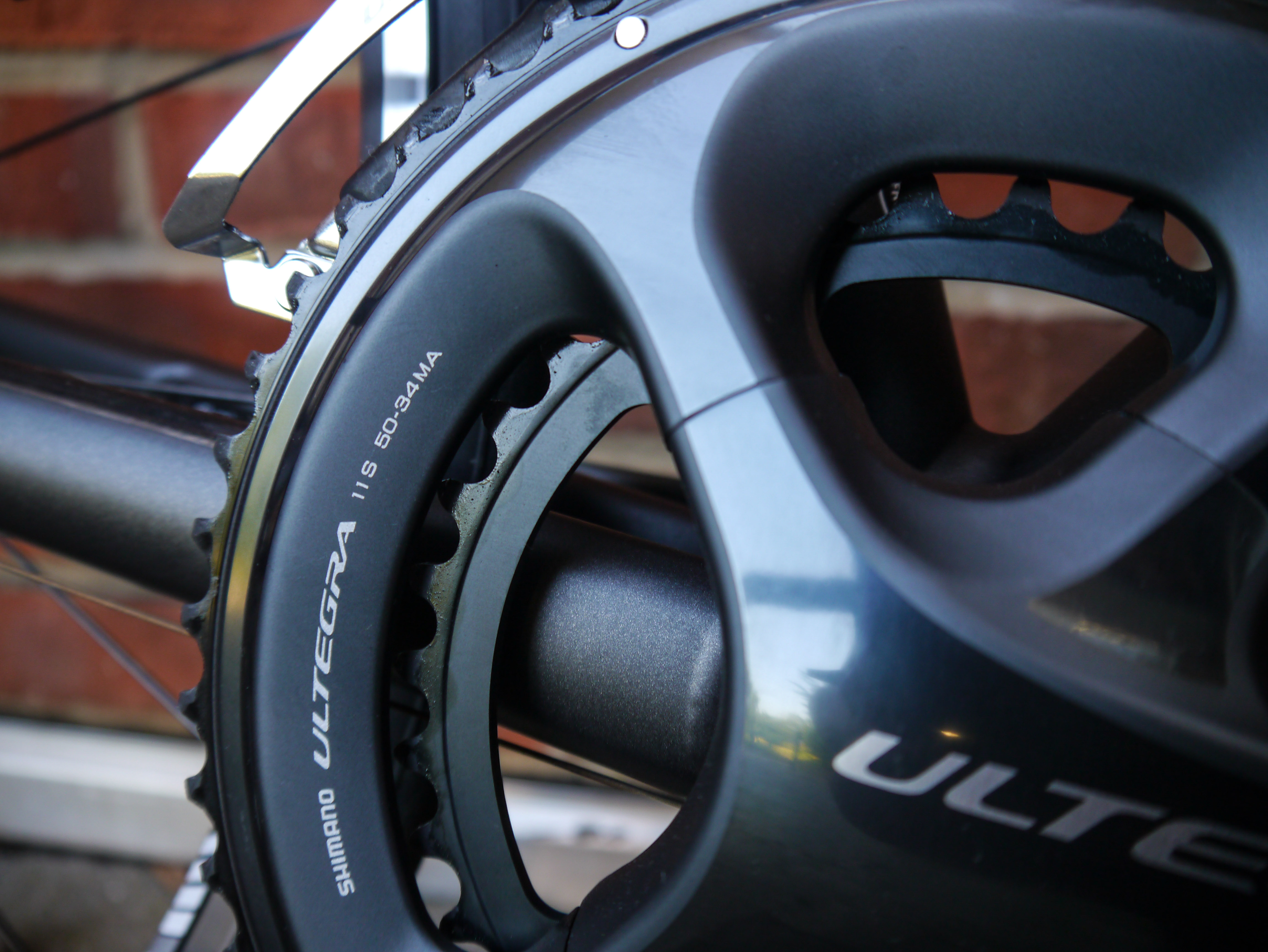
A compact chainset will offer a wide spread of gears suitable for climbing
-
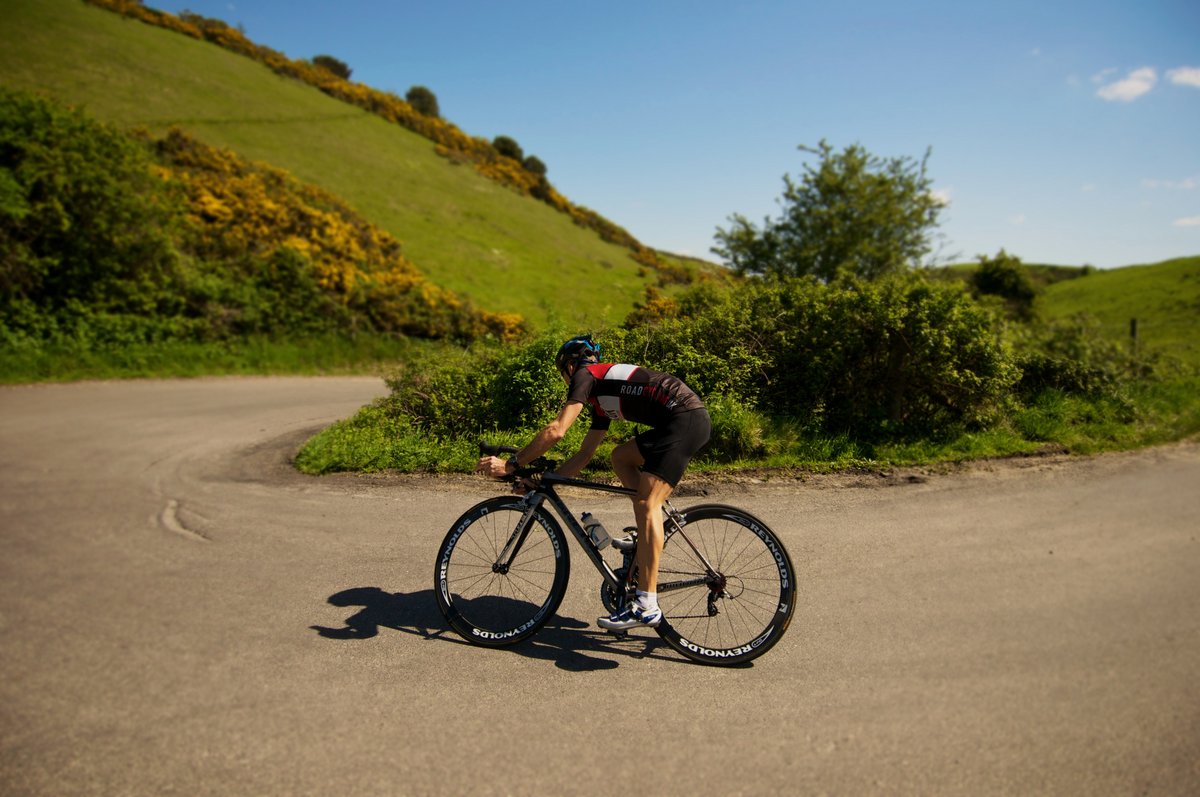
Practice your descending technique in the build-up to the Etape du Tour
Descending technique
If you’ve been able to attend a warm weather training camp in Europe this spring then you will have probably have had the opportunity to practice descending on similar descents as those you will encounter in the Etape du Tour.
If you’ve not had this opportunity I would recommend practicing your cornering technique, preferably at ‘race pace’ to prepare for the descents. While there are not many hairpin descents in the UK, if you have a closed road circuit near you or have a quiet road circuit, for example in an industrial estate, you can still practice cornering at speed to improve your technique. Ideally, use a circuit with a mixture of left and right turns. Start off with a good 20-minutes warm-up going around the circuit just getting used to the corners and practicing taking the ‘racing line’, starting wide, cutting into the apex of the corner then drifting wider on the way out of the corner. Use the whole available road width of the circuit or stay on your side of the road if you’re on the open road.
Once you’re comfortable with the corners start to push it a bit more, going into the corners fast but in a slightly lower gear than you would normally use, then as soon as you can straighten up and accelerate out of the corner. In between the corners just cruise along soft pedalling. This shouldn’t be too difficult a session overall as you are focussing on more technique so it can be incorporated in to a longer endurance ride or a recovery day.
When descending you will be going through the same process but at much faster speeds. The first thing to address is your body position. Take a look at the picture above. You should have the majority of your weight on the back wheel and be tucked down with your hands on the drops to lower your centre of gravity, improve stability and give you more stopping power from the brake levers. Having a slight bend in the arms acts as a shock absorber for any bumps and again aids stability.
You should look where you want to go (i.e. around the corner and not at that bollard!) to enable you to plan for what’s coming ahead. On long straight sections tuck down for aerodynamics with your cranks horizontal but in the corners sit more upright to slow yourself down slightly and keep your inner foot (on the corner) up with your weight on the outside pedal. Practice using your body to steer primarily by leaning rather than using your handlebars to turn.
The majority of the hard preparation is done now and you’re nearly ready to take to the Alps for this year’s Etape du Tour. The remaining time should allow you to put the icing on the cake, pushing up your climbing speed and brushing up on your descending technique before the final taper and the event itself. We’ll talk about the taper and include some last minute advice in the next and final instalment of this series at the start of July. For now, good luck with the rest of your training!
Tom Kirk is a coach for Custom Cycle Coaching

